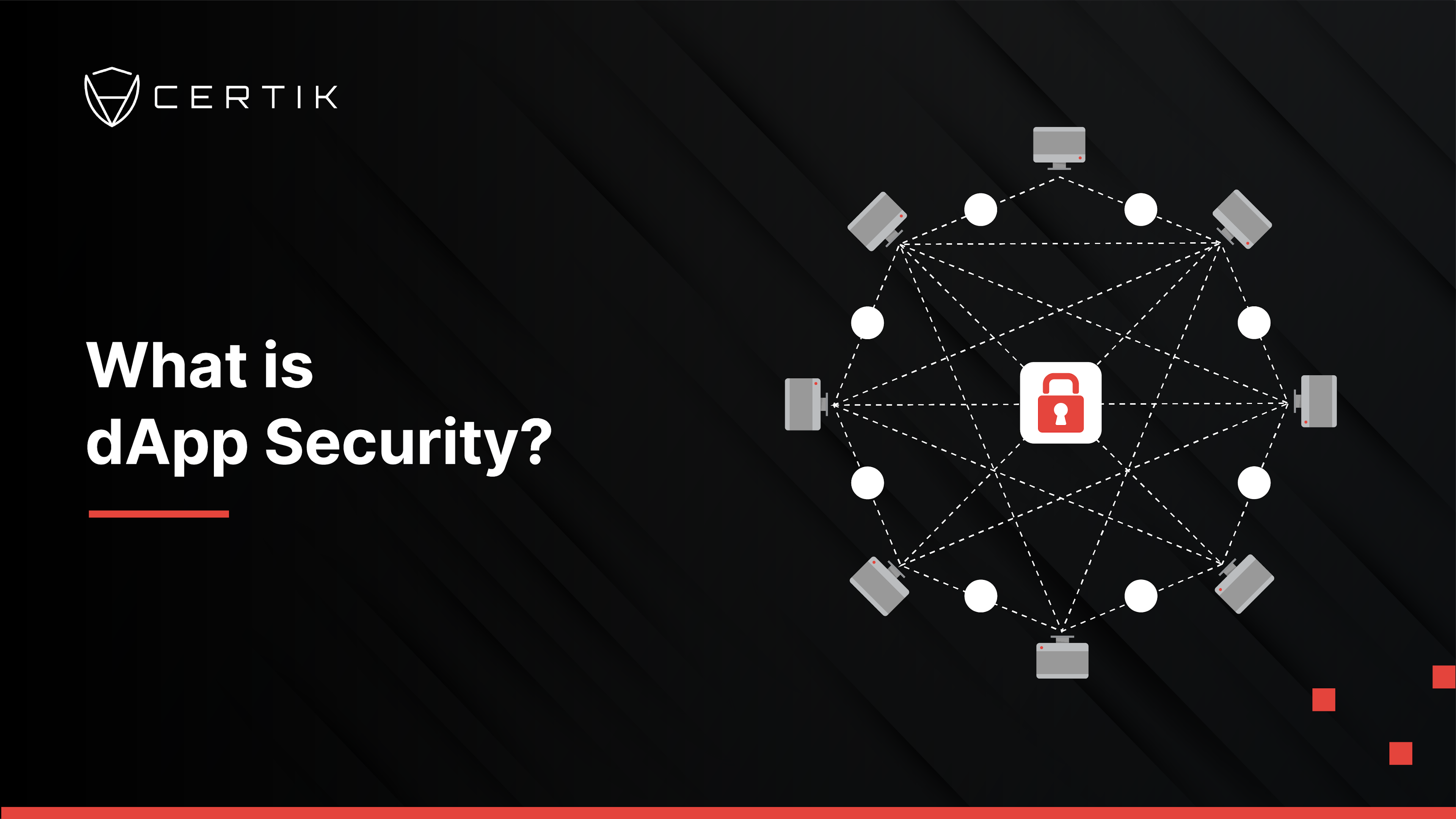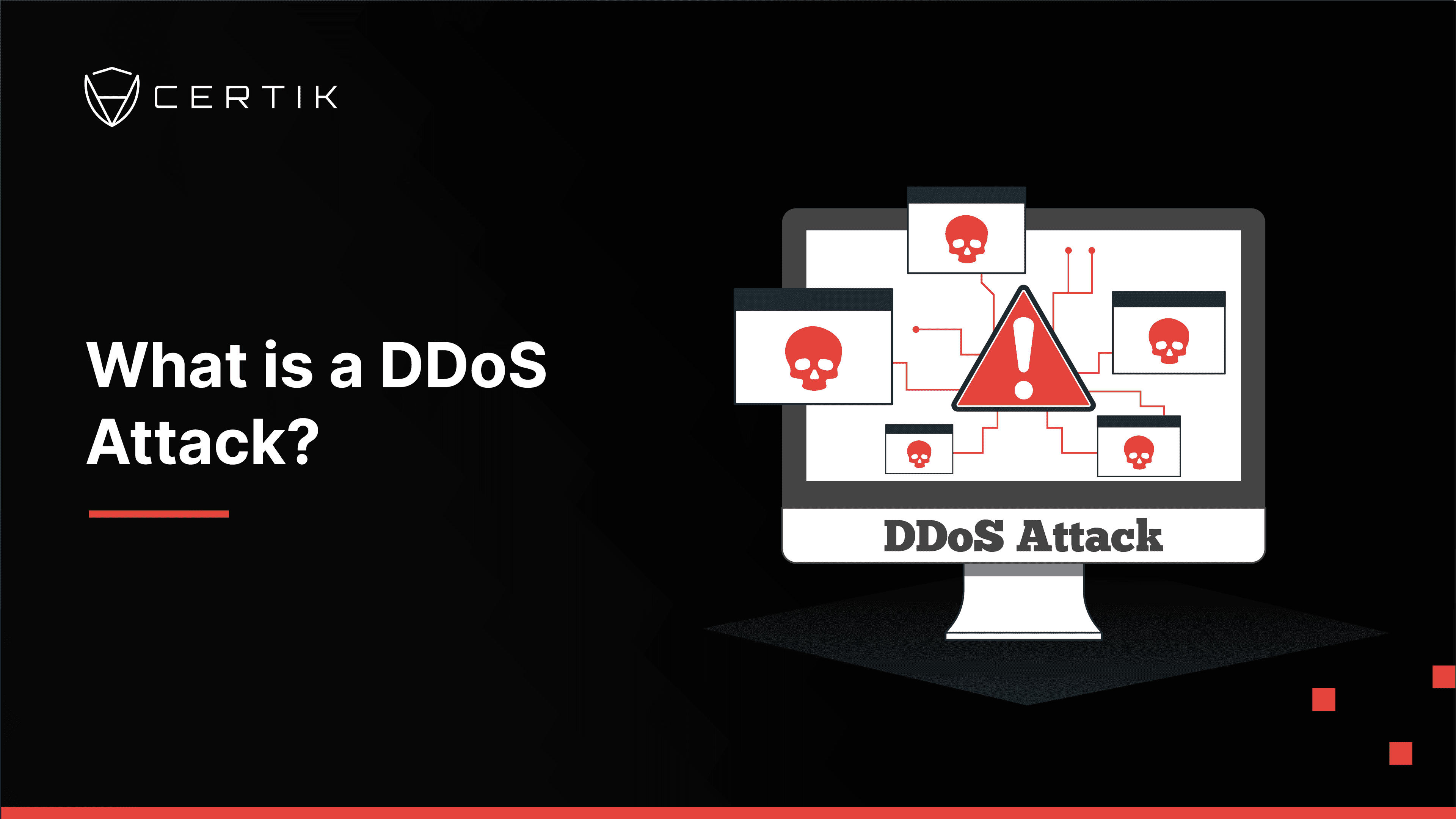Web3 has introduced a new era of decentralized applications (dApps) and blockchain-based systems. As the use of these technologies and the value secured by them grow, the need for secure Web3 development and implementation also increases. Billions of dollars of value are drained each year from Web3 platforms and protocols. This presents a major obstacle to growth of the industry.
Sometimes, the best form of defense is offense. That's where Web3 penetration testing comes in. In this article, we'll explore what it is, why it's important, and how you can leverage it to secure your Web3 wallet, exchange, or dApp.

Web3 penetration testing is the process of offensively assessing the security of Web3 applications and blockchain-based systems. The goal of Web3 penetration testing is to identify both Web 2.0 and Web3 vulnerabilities and weaknesses that could be exploited by malicious actors.
Although Web 2.0 infrastructure testing is included as part of a Web3 penetration testing suite, Web3 penetration testing takes this process a step further by focusing on the unique security challenges presented by blockchain technology and the environment those applications are running in. Traditional Web 2.0 penetration testing alone is not enough, and leads to security gaps.
Although Web3 introduces a number of novel technological innovations, these innovations also come with security considerations.
A short list of Web3-specific security considerations includes:
-
Smart contract vulnerabilities: Smart contracts are self-executing computer programs that run on a blockchain. They are an integral part of many Web3 dApps, but can also be vulnerable to coding errors, logical flaws, and design flaws.
-
Decentralization vulnerabilities: The decentralized nature of Web3 applications means that there is no central authority to enforce security policies or protocols. This can make it difficult to ensure the security of the network and prevent 51% or Sybil attacks.
-
Wallet vulnerabilities: Web3 applications typically rely on digital wallets to store and manage digital assets. These wallets can be vulnerable to hacking or phishing attacks if they are not properly secured.
-
Interoperability vulnerabilities: Web3 applications often need to interact with other applications or systems, which can introduce unforeseen vulnerabilities. A smart contract may be vulnerable to an injection attack if it does not properly validate incoming data from external dependencies.
How Does it Work?
Penetration testing, also known as pen testing or ethical hacking, involves playing the role of a "hacker" to try and find security weaknesses in a system or network.
The first step involves gathering information about the applications, system or network that is being tested. This could include information about the type of technology stack the wallet or dApps is running, the smart contracts that make up the protocol, the baselayer consensus mechanism that is in place, and any other relevant details.
Next, the penetration tester will try various attack vectors to find vulnerabilities or weaknesses in the application, system or network. This step involves both specific custom Web3 style tests as well as standard Web 2.0 tests suits like OWASP Top 10, API tests (API AST) or OWASP MAS (Mobile Application Security). Various tools will be used to support execution of these tests e.g. BurpSuite. Once vulnerabilities are identified, the penetration tester will try to exploit them to gain access to the system or network.
Most vulnerability testing tools will find some vulnerabilities, but the effectiveness of picking up on severe issues varies across different tools. This effectiveness is known as the false-positive rate. The human process of distinguishing real vulnerabilities from false positives is known as vulnerability verification.
Finally, the penetration tester will document the verified vulnerabilities that were found and provide recommendations on how to fix them. Overall, the goal of penetration testing is to identify and address security weaknesses before they can be exploited by malicious actors. Systems and applications evolve over time, which means continuous assessment needs to be built into all Web3 projects. By conducting regular penetration testing and addressing vulnerabilities as they are discovered, organizations can help to ensure the security of their systems and data.
Why Does Web3 Penetration Testing Matter?
Web3 technology presents unique security challenges that traditional cybersecurity methods may not adequately address. For example, the decentralized nature of Web3 applications means that there are no central authorities to enforce security policies or protocols. Additionally, the transparency and immutability of blockchain-based systems mean that any security vulnerabilities can have far-reaching consequences.
Both offensive and defensive security are critical components of a comprehensive cybersecurity strategy. Defensive security measures are important for protecting against known threats and vulnerabilities. Offensive security, on the other hand, is an effective way to identify previously unknown vulnerabilities.
Offensive security testing can also provide valuable insights into the effectiveness of a team's incident response plan. By simulating a breach, Web3 penetration testing can help organizations to identify areas where their incident response plan may be lacking. This is the first step toward ensuring a more effective response in the event of a real security incident.
How to Get Started with Web3 Penetration Testing
If you're interested in securing your application with Web3 penetration testing, the first step is to engage an experienced Web3 security firm. CertiK is a leading provider of blockchain and smart contract audits, including Web3 penetration testing. Our team of ethical hackers have assessed thousands of projects and hundreds of wallets, exchanges and dApps, and can help you identify vulnerabilities and develop a plan to address them.
Web3 technology is changing the way we think about security. Penetration testing is a critical component of ensuring the security of decentralized applications and blockchain-based systems. It's essential to take a proactive approach to identifying vulnerabilities and weaknesses in your web and mobile applications.



